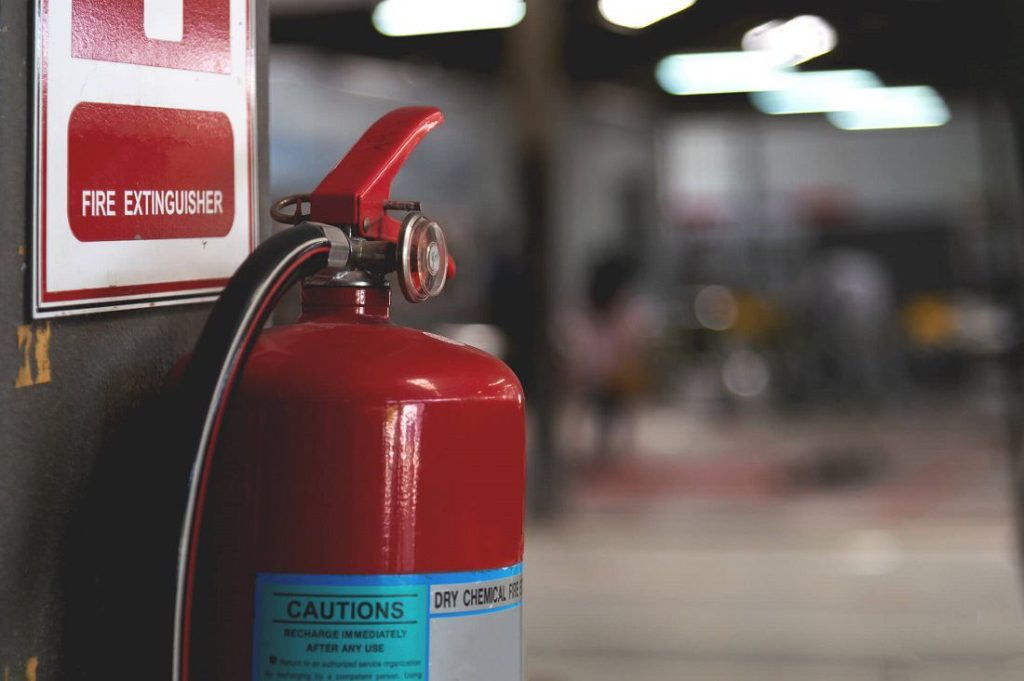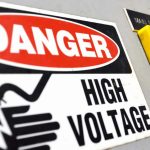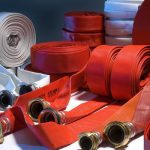The history of fire fighting systems on boats and what’s best for your boat.
SOLAS
Fire was not so well addressed within this first version of SOLAS is mainly due to the fact that in 1914 there were no automatic fire detection or fire-fighting systems because the technology did not exist. In the 1974 Convention (which came into effect in 1980 and is still in force today, as amended) separated the fire requirements into a separate chapter: SOLAS chapter II (Construction) of the 1960 SOLAS Convention was divided into two new chapters: chapter II-1 on Construction Structure, subdivision and stability, machinery and electrical requirements, and chapter II-2 on Construction – Fire protection, fire detection and fire extinction.
In December 1992 as a consequence of a tragic fire on the passenger ferry Scandinavian Star two years earlier in which more than 150 people perished, IMO adopted a comprehensive set of fire safety amendments, applicable to both new and existing passenger ships. The amendments required the installation of the latest fire safety features applicable to any modern hotel such as automatic sprinkler and smoke detection systems, and the upgrading of fire safety bulkheads to non-combustible materials and improved methods for assisting escaping persons, such as use of low location lighting. Also in 1992, the Sub-Committee on Fire Protection began a comprehensive revision of Chapter II-2 as it was felt that the adoption of various sets of amendments at different times had made the chapter difficult to use and implement. In addition, to make the revised SOLAS chapter II-2 more user friendly, specific system elated technical requirements have been moved to the new International Fire Safety Systems Code and each regulation has a purpose statement and functional requirements to assist port and flag States. Some of the original technical provisions were transferred from the Convention to the International Fire Safety Systems (FSS) Code, and many others are spelled out in greater detail in the Code. Following the addition of a new final chapter on fixed hydrocarbon gas detection systems in 2007, the FSS Code consists of 16 chapters. Each addresses specific systems and arrangements, except for chapter 1 which contains a several definitions and also general requirements. Fire is one of the most feared situations on board a vessel but is also sadly one of the most common hazards and can arise from a number of sources. Engine rooms and other machinery spaces are common areas where fire begins and so too are the holds and tanks. Many recent cases of fire that have involved total loss of the ship have involved cargoes inside containers. These present a particular problem because it is almost impossible to fight such fires using the equipment available to ships’ crews. Fire detection on board ships today is mostly done by automatic systems of various types instead of the traditional means of fire patrols, but very often a fire will be discovered by a crewman or passenger before an automatic alarm system activates.
FIXED FIRE FIGHTING SYSTEMS AVAILABLE: CO2 – THE MODERN ALTERNATIVE
Considering that Halon systems were banned because of their supposed ozone depleting properties it seems a little ironic that the more common replacement other than Novec 1230 is carbon dioxide (CO2) which is also highly criticised as a modern ‘pollutant’. CO2 gas has excellent fire-extinguishing capabilities and is relatively inexpensive, but can pose a serious risk to personnel because it works by reducing the oxygen content in the atmosphere. With CO2 systems, the period between detecting a fire and releasing the gas often seems quite long because crew must evacuate the area to avoid the lethal effects of the gas. As a consequence, minor fires have sometimes been allowed to escalate causing loss of life and even total loss of ships. The concentration of CO2 above certain levels in fire-fighting applications is a major concern amongst fire safety regulators. Some safety regulators even prohibit the use of CO2 as a fireextinguishing agent in spaces where personnel has access during normal operation. SOLAS does not prohibit the use of CO2 in systems protecting a ship’s engine room, or other spaces where crew has access during normal operation. But the risks to personnel are clearly recognized and SOLAS calls for various safeguards, such as two separate and interlocked controls, pre-discharge alarms and time-delays, to protect personnel in the engine room. SOLAS does not, however, allow portable CO2 extinguishers to be placed in the accommodation spaces on board ships, due to the associated risk to personnel.
SPRINKLERS AND WATER MIST
Most modern ships are now equipped with a sprinkler or water mist/fog extinguishing system. In such systems, the sprinkler heads are usually a combined detector unit. Sprinkler systems can also be activated manually if a fire is seen before the system activates. When heat or smoke activates the head water is released to extinguish the fire. The mist systems use less water and have other claimed advantages. The water for the systems is supplied through the sea chest but there is also a tank of fresh water that is used in the first instance for priming the system so that the standing water in the pipes is not corrosive. Sprinkler and water mist systems can be brought into action faster than gas systems since it is not necessary to close openings, shut down ventilation or evacuate the space before release. The time needed to extinguish fires with water mist can be longer than for gas, but water mist also cools the space and controls smoke in the process. An unlimited water supply is also usually available. Sprinklers can be less effective at extinguishing some fires than gas or mist systems because the seat of the fire may be located in a place shielded from the sprinkler head. In a water mist system, the water is under pressure and released through a spray head. The small water droplets allow the water mist to control, suppress or extinguish fires by cooling both flame and atmosphere and displacing oxygen by evaporation. The mist is also more penetrative than water from sprinklers and also acts as a smoke suppressant thus preventing other heads from being activated by smoke and so reducing water demand. Water mist has been shown to be highly effective at extinguishing fires in both demonstrations and actual operational circumstances.
Water mist systems come in both high pressure and low pressure variants. Over the years the pressure needed to produce the fine droplets has reduced from around 100bar to much lower levels – the Tyco AquaMist system, for example, operates at just 7bar. The system makes use of push-fit piping, which is claimed to reduce installation costs by around 25%. The water droplets can expand to almost 2,000 times in size as they vaporise, depriving the fire of essential oxygen. The more droplets there are and the greater the area they occupy the more effective will be the suppression. Advantages: Safe for people, fast extinguishment, environmentally friendly, minimal water damage, low cost of recharging and short down times after discharge. Brands: Fogtec by Fire Fighting Technologies www.fffi.com.au, Fogex by Phirex Australia, AEROSOL Aerosol fire suppression generators provide effective, environmentally friendly fire suppression for fires in enclosed facilities and local spaces. They do not require the pressure vessels, pipe work, and extensive installation manpower. The aerosol generators require annual certification AS/NZS 4487:1997. The generators effectiveness is a function of its design, aerosol composition, and the ultra-fine aerosol particles produced, which is both nontoxic, and non-corrosive. The agent is generally potassium based, and is 5 times as effective as Halon. Primary extinguishment mechanism is chemical interference with free radicals of flame, which interrupts the propagation of fire. The Aerosol Generators have a service life of 5 years (Ref AS/NZS 4487:1997 3.5.3) Brands: Pyrogen, Stat X by CHUBB, Australian Domestic Commercial Vessels In Australia most commercial vessels have opted for CO2 and more recently Aerosols such as Stat X. While Aerosol are cheaper to install than most other systems the major disadvantage is that the canister / generator requires replacing after 5 or 7 years so the same initial expense is bound to be repeated. A better option in terms of safety, ongoing maintenance and cost is water mist for all the reasons stated above. Servicing: The following requirements below are to me met by the installer and service agent to be able to service and maintain a fixed system; it is quite onerous and unlikely that a Master / Vessel owner will be able to this. An approved agent should be used to service in accordance with AS 4214—2002, Gaseous fire extinguishing systems, AS 1851 Routine service of fire systems and Pyrogen AS/NZS 4487:1997.



Comments are closed